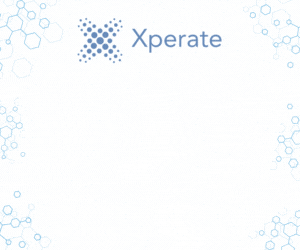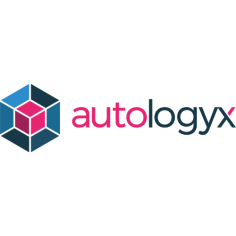Workflow automation’s pinkie promise – find out more with Autologyx
The word ‘automation’ in legal has been around for years — synonymous with productivity and efficiency gains. However, its use has been in the context of standalone document automation tools or solutions servicing the business of law. More commonly, automation has been applied to simple, linear processes and tasks within legal practice.
Legal work is often complex; it often requires human input, expertise and judgement. Consequently, a limited number of workflows are automated for complete processes within transactional or high-value use cases. Smaller or isolated parts of a larger process are often automated or enhanced with workflow tools — but with a narrower set of outcomes or objectives.
So what is the pinkie promise of workflow and process automation? Let’s start at the beginning, with workflow automation 101.
Workflow automation is an approach aimed at enabling the seamless flow of tasks, documents and information, across work-related activities, all performed independently in accordance with defined business rules and logic.
A workflow is essentially a sequence of activities needed to reach an outcome, driven by data. Modern technology allows for the enrichment of those activities, checklists, tasks and processes by automating parts of the procedure, while retaining human oversight and involvement.
Identifying opportunities to apply workflow automation to involves spotting areas where there is waste, poor productivity or unstructured processes.
This is an extract from an article published in Briefing magazine. Read the full article here.



